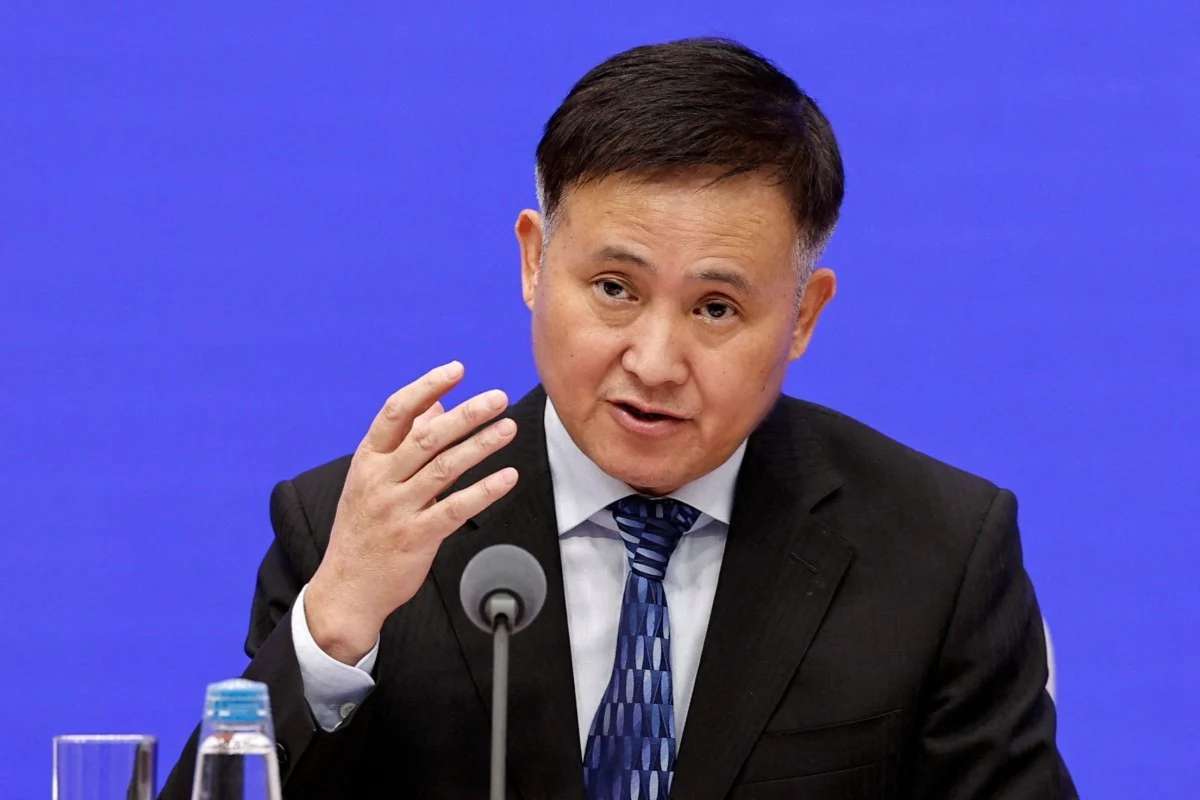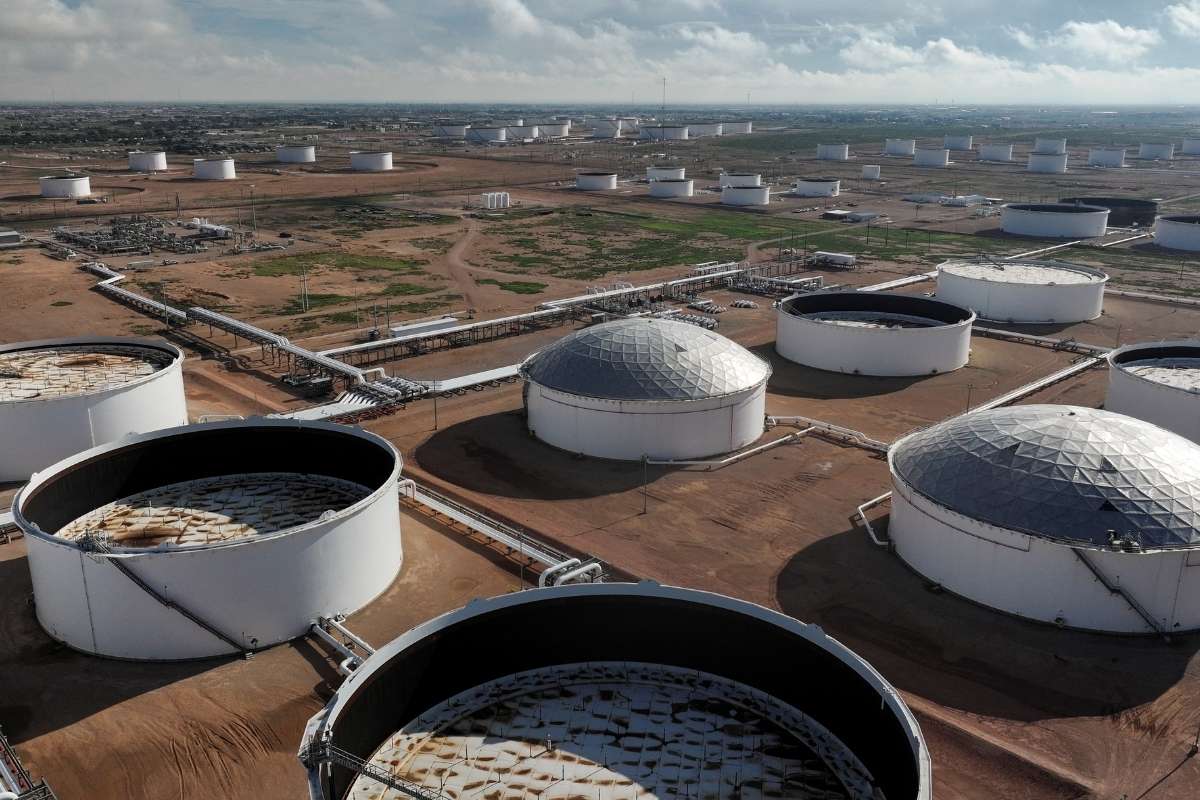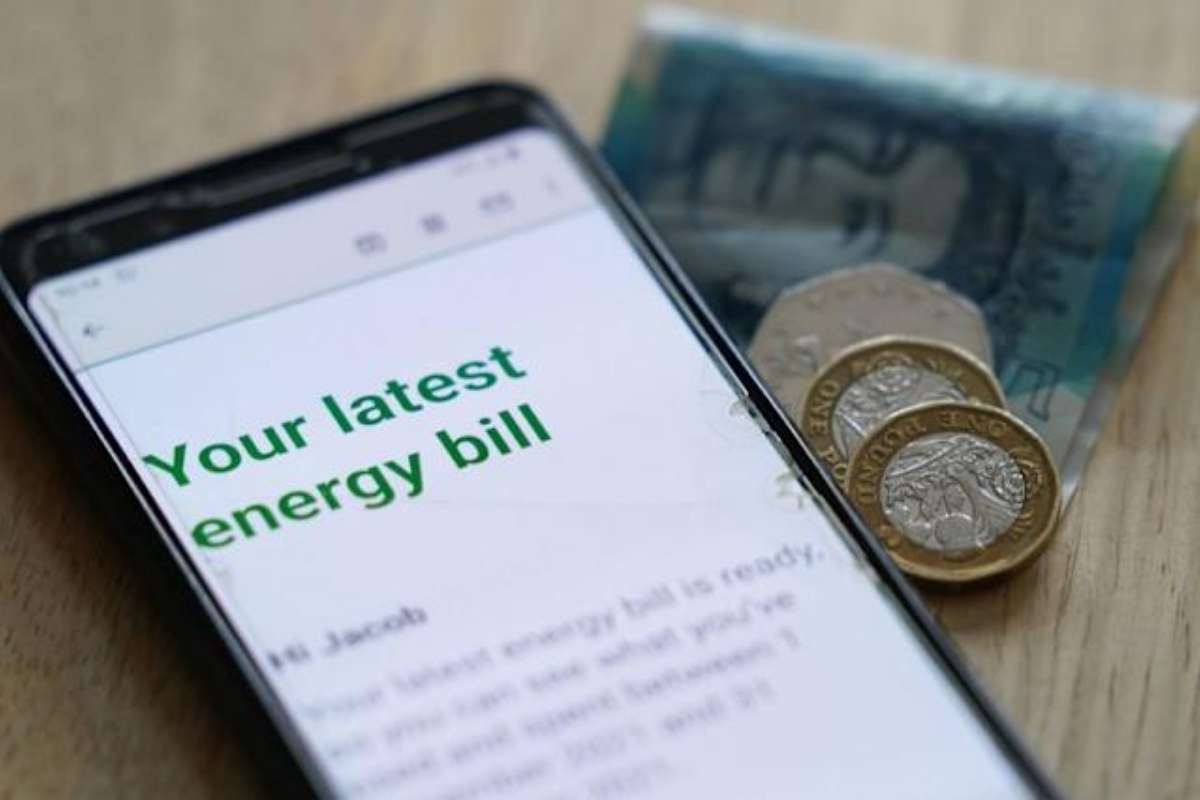China’s leadership has announced plans to implement an appropriately loose China monetary policy alongside a more proactive fiscal policy in 2025 to boost economic growth. The announcement was made during a Politburo meeting, where officials outlined key strategies to stabilize the economy and enhance domestic demand.
The meeting, held ahead of the annual Central Economic Work Conference, emphasized the need for stronger fiscal and monetary measures to address the country’s economic challenges. The Politburo highlighted the importance of expanding domestic consumption and stabilizing key sectors such as housing and stock markets, though specific details were not provided.
Focus on Domestic Demand and Stability
According to the meeting’s readout, authorities will follow the principle of pursuing progress while maintaining stability in 2025. Policymakers are set to strengthen counter-cyclical adjustments, refine policy tools, and ensure economic stability through targeted interventions.
The new China monetary policy stance marks a shift from the cautious approach adopted in late 2010. Economists suggest this change signals significant fiscal stimulus, potential interest rate cuts, and asset-buying initiatives in the coming year.
The announcement has already had a positive impact on financial markets, with Hong Kong’s Hang Seng Index surging 2.8% to its highest level in a month and Chinese government bonds experiencing a rally.
Economic Challenges and Policy Shifts
China’s economy has faced considerable challenges this year, with sluggish household demand and a property market crisis eroding consumer confidence. Policymakers acted in September with aggressive monetary easing, including interest rate cuts and a 1 trillion yuan ($140 billion) injection into the financial system.
Despite these efforts, sustaining the current growth target of around 5% in 2025 will be a formidable task. This is particularly true as the United States, under President-elect Donald Trump, has threatened to impose tariffs of 60% or more on Chinese imports.
China’s central bank categorizes monetary policy into five levels: loose, appropriately loose, prudent, appropriately tight, and tight. The adoption of an appropriately loose stance last occurred during the 2008 global financial crisis, before shifting to a prudent approach in 2010.
In November, the government unveiled a 10 trillion yuan ($1.4 trillion) debt package aimed at easing local government financing strains and stabilizing economic growth. However, this package is intended to address long-term municipal debt issues rather than provide immediate economic stimulus.
Rising Concerns Over US Tariffs
China’s heavy reliance on manufacturing and exports has left it vulnerable to external shocks, including the anticipated US tariffs. Industrial sectors that export over $400 billion worth of goods annually to the United States are particularly at risk.
Government advisers have recommended maintaining the current growth target while urging more aggressive fiscal stimulus to counter deflationary pressures and mitigate the impact of US trade policies. Finance Minister Lan Foan has indicated that additional stimulus measures are being planned but did not provide specifics.
Calls for Consumer-Centric Policies
Economists have stressed the need for China to adopt more consumer-focused policies. They argue for increased financial support for low-income households, alongside structural reforms in taxation, welfare, and social policies to address deep-rooted economic imbalances.
Despite these recommendations, Beijing has largely prioritized upgrading its export-driven manufacturing sector. The country has made significant progress in industries such as electric vehicles, solar energy, and batteries, but this focus has drawn criticism from key trade partners.
China’s latest policy announcements underscore the government’s commitment to revitalizing the economy in 2025. However, the road ahead remains uncertain as the country grapples with domestic challenges and external pressures related to the implementation of this new China monetary policy.












